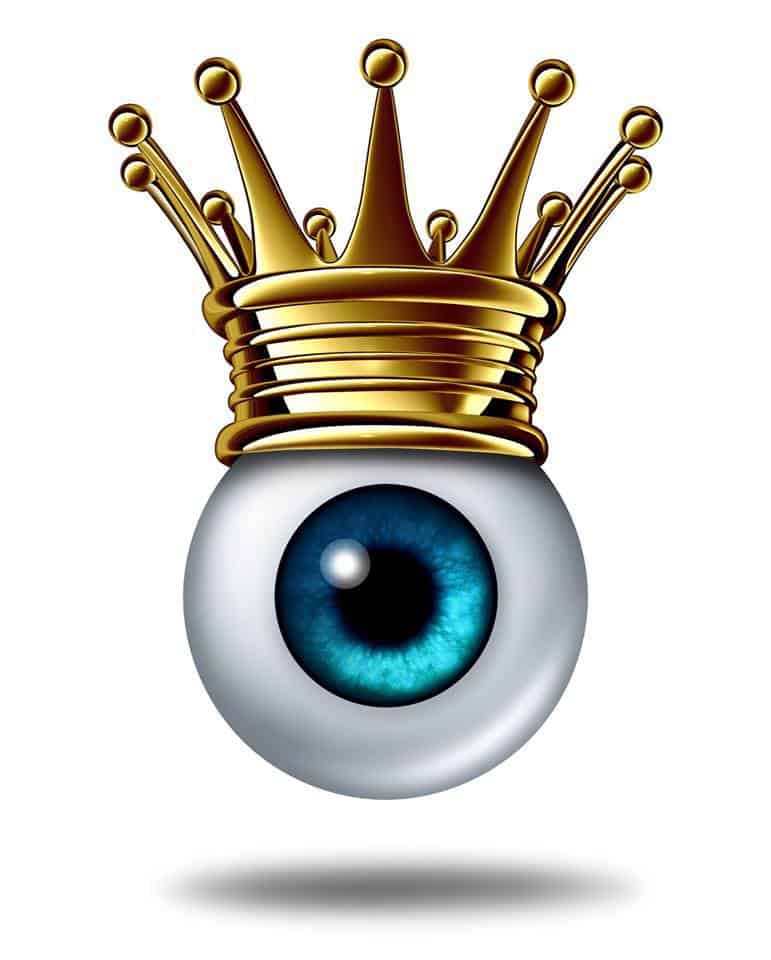It is advisable for all patients to have a thorough medical eye evaluation at regular intervals to check for refractive errors among other potential eye problems.
Ophthalmologists define refraction as the bending of light that takes place within the eye. Refractive errors include problems such as farsightedness, nearsightedness and astigmatism. A way to correct these errors is to wear lenses which control the amount of refraction within the human eye.
The eye examination done to check for refractive problems includes checking the visual acuity of an individual. Each eye is measured separately. Having an excellent visual acuity does not automatically guarantee an absence of serious eye disease. In the treatment of refractive errors, spectacles are usually preferred over contact lenses or refractive eye surgery. People with very low refractive errors may not require any kind of correction at all.
Safety glasses are extremely helpful and highly recommended in specific situations such as for certain sports or activities in which there are flying particles that have a tendency of getting inside the eyes (such as using saws or hammers).
Protective glasses are also highly recommended for all patients with normal vision in one eye only. Before fitting patients with contact lenses, ophthalmologists make them aware of the potential ocular problems that may arise due to lack of proper eye hygiene.
Contact lenses should be removed immediately if either and/or both eyes become irritated, painful or red – if these problems persist after lens removal or if visual acuity is affected, patients should definitely seek urgent medical attention. Patients considering contact lenses should be informed of the risks associated with overnight wear as opposed to daily wear to correct refractive errors.
“Remember to keep an eye on your eyes”
- 10 SIGNS YOU NEED AN EYE EXAM - May 20, 2018
- WORLD GLAUCOMA WEEK - March 11, 2018
- The Importance OfEye Exams - February 5, 2018


Recent Comments